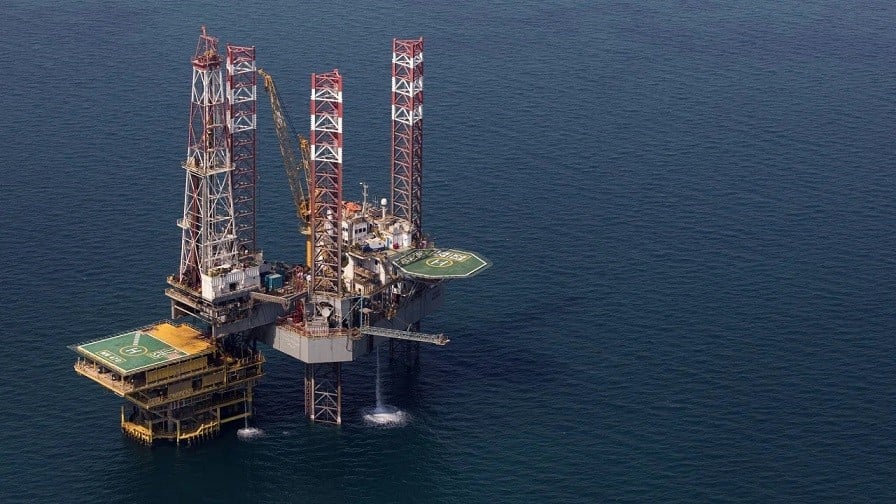 |
| Saudi Arabia could face the prospect of losing market share in key markets like China to the United Arab Emirates (UAE). (Source: Getty) |
On June 5, the Wall Street Journal (USA) published an article commenting on the consequences of Saudi Arabia's decision to voluntarily cut crude oil production.
Prices did not increase as expected.
After warning speculators that the Organization of the Petroleum Exporting Countries (OPEC) and its partners (known as OPEC+) may continue to cut production, Saudi Arabia's Energy Minister Prince Abdulaziz bin Salman announced on June 4 that the country will voluntarily cut production by an additional 1 million barrels per day in July, after OPEC+ countries refused to join Riyadh's efforts.
OPEC+ accounts for nearly 50% of the world’s crude oil production, so the cuts are expected to push up oil prices at a time when there are concerns that a weakening global economy will reduce demand for crude. Riyadh has also signaled that it will “do everything possible to create stability in the market.” At the moment, the cuts are limited to one month, but could be extended.
Oil prices rose sharply immediately after the market opened on June 5, but the increase was no longer sustainable. By early afternoon of the same day's trading session, the price of North Sea Brent crude reached $77.32/barrel, up 1.6% compared to the close of the trading session on June 2.
Oil prices are still 17% lower than they were in October 2022, when OPEC+ first shook the market with its decision to cut production, a decision that was later extended by some members, including Saudi Arabia and Russia, until April 2023.
Saudi Arabian officials involved in the process admitted that the increase in oil prices on June 5 was not as expected by Minister Abdulaziz bin Salman, who defended the decision to cut production and wanted to beat short-sellers at a tense OPEC+ meeting last weekend.
In recent months, Mr. Abdulaziz has repeatedly taken aim at Wall Street speculators whose bets could weaken oil prices. Last month, he issued a warning to speculators, a message that many analysts saw as a sign that OPEC+ could cut production at its June 4 meeting.
The 1 million barrel/day cut will bring Saudi Arabia’s crude oil production to 9 million barrels/day, the lowest level since June 2021 and rarely seen in the past 10 years. This move shows that Riyadh is willing to “sacrifice” market share to push oil prices up.
Saudi Arabia must pay a heavy price?
According to informed officials, this could cost Saudi Arabia dearly, as the current rise in oil prices has not been able to offset the revenue loss due to reduced production.
Saudi Arabia could also face the prospect of losing market share in key markets such as China to the United Arab Emirates, which continues to pump large amounts of cheaper crude despite a pledge not to do so. Delegations to the June 4 meeting said the UAE and Russia were opposed to further cuts, saying they were satisfied with current market prices.
In a surprise move, Saudi Aramco raised its crude oil export prices for July on June 5. Analysts and traders had expected the oil giant to lower its official selling prices to compete with alternatives such as Russian crude in the market at a time when the demand outlook is not really bright.
The push to anchor oil prices higher illustrates the pressure Abdulaziz faces. Crown Prince Mohammed bin Salman is pursuing an ambitious plan to reshape Saudi Arabia’s oil-dependent economy. Abdulaziz will have to keep oil prices at a level that makes that shift economically viable.
According to Commonwealth Bank (Australia), Saudi Arabia is likely to extend the production cut period if Brent North Sea oil is stuck in the price range of $ 70-75 / barrel and will cut even more sharply if the price falls below $ 70 / barrel. Goldman Sachs Group said that if the production cut is maintained, oil prices will increase by about $ 1 / barrel.
The Saudi cut will significantly increase expectations of a market deficit. The International Energy Agency (IEA) had predicted that the gap between supply and demand in the oil market could reach 1.9 million barrels per day by the third quarter of this year. According to consultancy Rystad Energy, that deficit could now reach 3 million barrels per day following Saudi Arabia’s decision.
Analysts say that the imbalance between supply and demand could slow the decline in crude oil prices. But there is no consensus on whether oil prices will rise or not.
“This is a market challenge for OPEC+ and Saudi Arabia to navigate,” said Richard Bronze, head of geopolitical research at consultancy Energy Aspects. “A lot of it is due to factors outside their control, such as the macroeconomic outlook.
Therefore, I am confident that the decision to cut production will not bring success and impact like what OPEC+ did in 2021 and early 2022."
Source


![[Photo] Prime Minister Pham Minh Chinh chairs meeting to remove difficulties for projects](https://vstatic.vietnam.vn/vietnam/resource/IMAGE/2025/3/30/7d354a396d4e4699adc2ccc0d44fbd4f)


![[Photo] Ministry of Defense sees off relief forces to the airport to Myanmar for mission](https://vstatic.vietnam.vn/vietnam/resource/IMAGE/2025/3/30/245629fab9d644fd909ecd67f1749123)











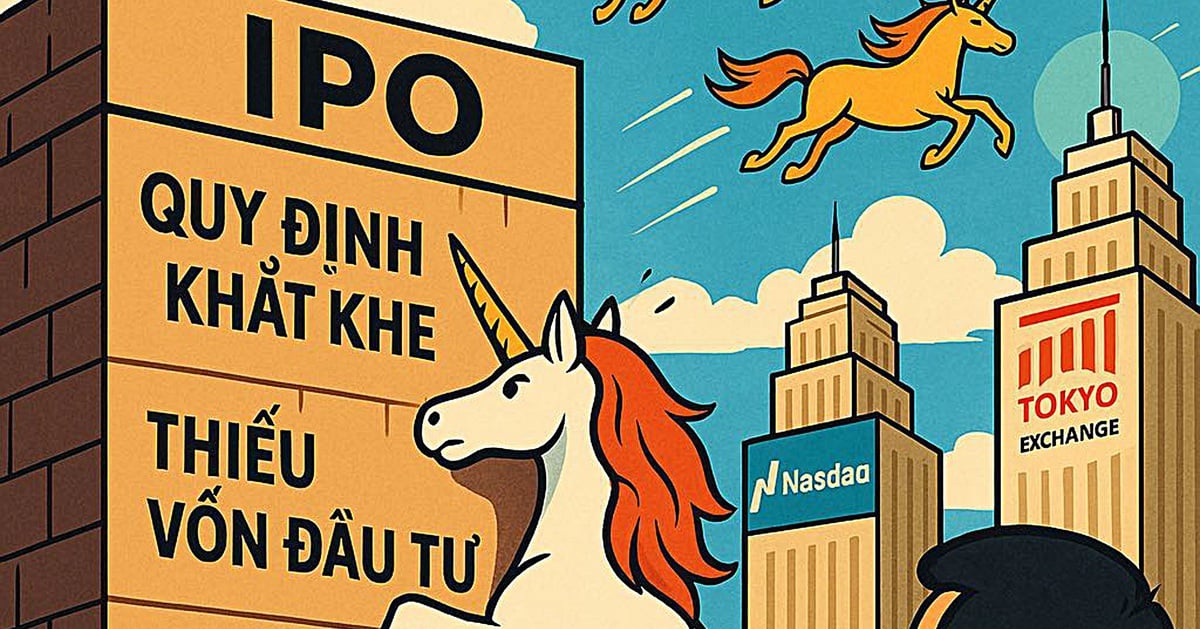

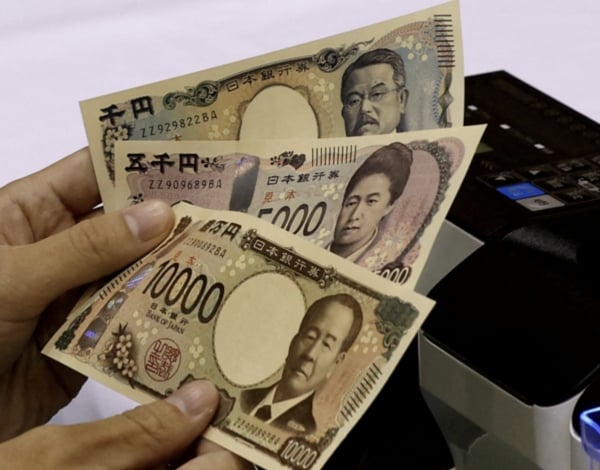

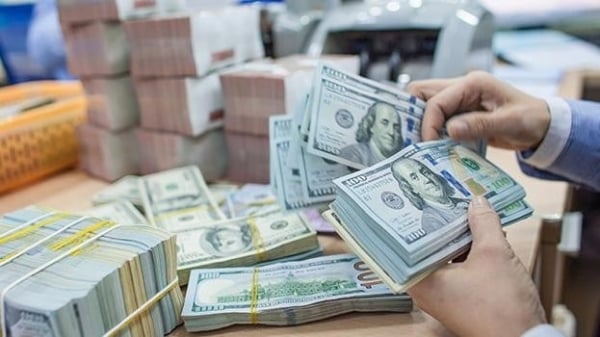






























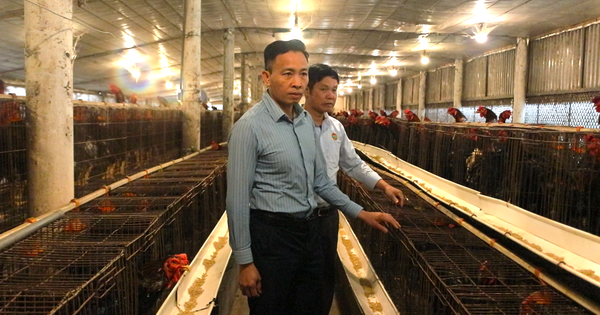











































![[REVIEW OCOP] An Lanh Huong Vet Yen Cat](https://vstatic.vietnam.vn/vietnam/resource/IMAGE/2025/3/27/c25032328e9a47be9991d5be7c0cad8c)






Comment (0)